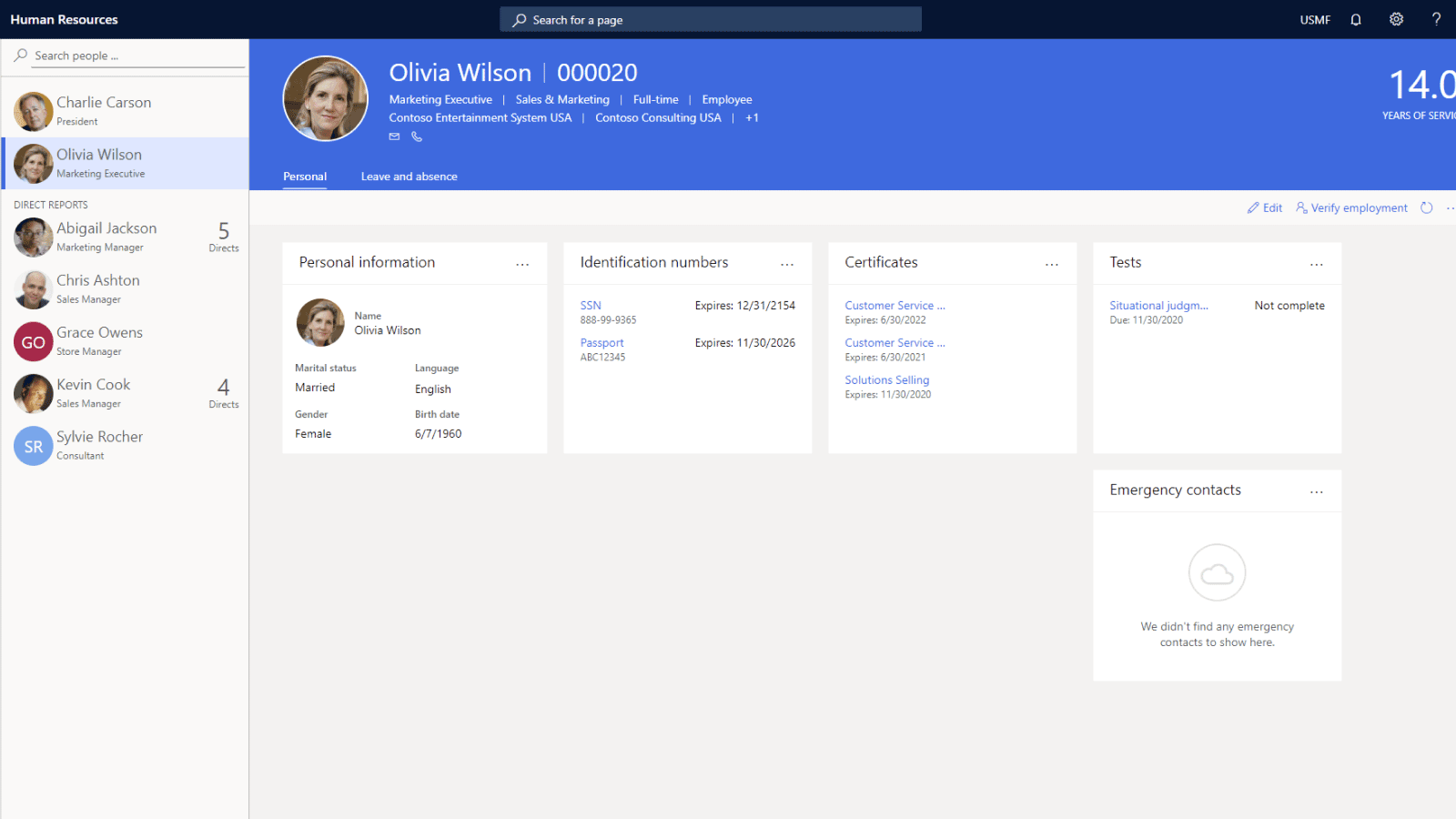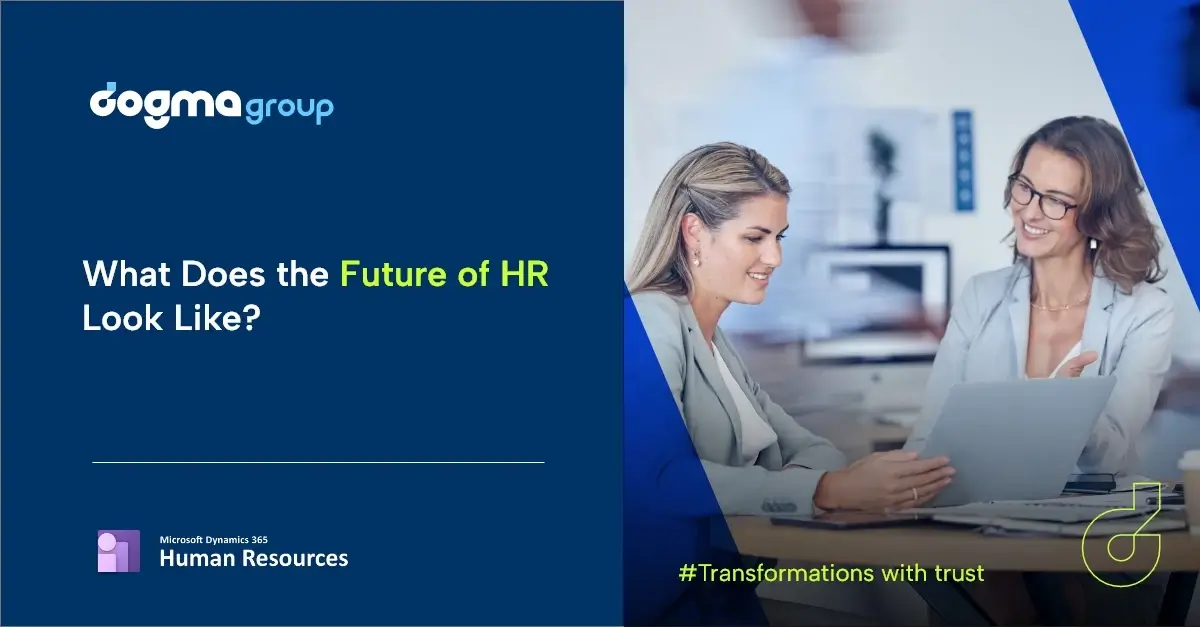The working trend and talent landscape have changed profoundly in just two years. We have been on the verge of a major shift to flexible working arrangements and the Gig Economy.
From making employee well-being a top priority to developing organisational agility, 2023 will be the year when these pandemic-induced HR trends will evolve and hit the mainstream.
Here are some of the compelling HR trends to look out for in 2023:
1. Hybrid working becomes the norm
As we move out of the pandemic, employee expectations have shifted and their most important criterion is the flexibility of working from home. However, moving workspaces into the home setting for many employees involves overlapping domestic concerns.
As for HR professionals, hybrid work has entirely different challenges, like establishing a suitable work culture, fostering peer connections and engaging employees. Given the preference of the employees and the need for a workplace, most managers are figuring out how to plan a more consistent mix of remote and office work for all roles that do not require on-site performance.
According to data from the Opinions and Lifestyle Survey (OPN)- Office for National Statistics, most people who took up remote working because of the pandemic plan to do hybrid work in the future. Organisations are preparing for the blended working model reimagining physical spaces to support the workforce. In addition, they are adopting technologies to connect people from anywhere.
Companies, for instance, are using tools like Office 365 to connect teams working from remote spaces. From configuring notifications to preventing distraction to letting users collaborate on Word documents, tools like Microsoft Teams and SharePoint make it reasonably simple to prioritise tasks and focus on work from remote workspaces while communicating seamlessly for any urgent needs.
Some companies may choose a hybrid work arrangement with a two-day office week, while others may opt for a complete remote setup. The rest of the companies may even demand employees to work on-site full-time. But what’s really needed today is the agility to switch between these new HR trends and the capability to ensure their effectiveness. In other words, HR should be agile and open to trial and error to calibrate the new work cultures for a better employee experience and uncompromised organisational productivity. It is only a matter of time before companies realise that adding workplace flexibility is not merely an HR need but also an ongoing journey that never really ends.
2. Employee experience redefined
With the Quiet Quitting trend gradually gaining momentum, good employee experience will be one of the most significant competitive advantages for businesses in the future. But this requires companies to place the same level of focus on employee experience as they typically do on customer experience. Only then organisations can see a boost in employee productivity, loyalty and willingness to achieve the organisational goals.
And now, with the hybrid and remote working trends, the employee experience needs rethinking and thoughtful planning. Using automation, analytics and communication tools, employees can have a good experience cost-effectively and sustainably. For instance, creating a recognition-rich culture by sending a message via Microsoft Teams to celebrate employee milestones can significantly impact the mood of your work team.

Self-service is also impactful when it comes to improving employees’ day-to-day experience. Self-service keeps the employees updated and independent. You don’t need to do guesswork or frequently email or text HR to update your profile, for time-off requests or check your number of day-offs. Self-service is also beneficial for the HR team as it saves their valuable time by automatically processing these simple requests. This way HR team can focus on other valuable and strategic tasks and plans.
One such solution that helps you empower employees with the self-service tool is Dynamics 365 HR, which allows employees to view their time-off balance, access rich employee profiles that include career accomplishments, skills, certifications and interests and track their training and certification.

3. Upskilling is crucial
According to the World Economic Forum, by 2025, half of all employees worldwide will need reskilling. The report further says that wide-ranging investment in upskilling has the potential to boost the GDP by $6.5 trillion by 2030.
The technological disruption over the past few years has shown workers’ need to be prepared for the ‘future of work’ and fundamentally upgrade their skills. Thus, companies have started encouraging employees and making it mandatory for them to allocate time to learn new skills.
A stellar HR department is critical in discussing and guiding the areas to focus on training. Along with that, learning new skills has become easily accessible with platforms like Coursera, Edx, LinkedIn Learning and others. Similarly, peer-to-peer learning and monitoring have become efficient and simple with video conferencing sessions in Teams, real-time file sharing and reviewing through SharePoint.
Apart from this, employees can use HR technology like Dynamics 365 HR for performance tracking and goal setting to elevate their skills and capabilities.
4. Data-driven HR is need of an hour
According to a report by McKinsey, organisations can increase recruiting efficiency by 80 per cent and decrease attrition by up to 50 per cent by making data-driven decisions and practising people analytics.
People analytics, a goal-focused method of studying all people’s processes, challenges and opportunities at work, leads to better decision-making. With people analytics, the HR department can develop data-driven insights, make better hiring decisions, and carry out performance management for better retention.

Likewise, with the dashboard that highlights data for specific scenarios, including collaboration, workload and inclusion, the HR, the line manager and the employee can get visibility, positively impacting work efficiency and quality in the future. Optimising each of these processes helps HR avoid employee burnout, lower turnover, and achieve balanced workforce planning.
Analysing data such as acceptance rate—the number of candidates who receive and accept job offers, early turnover rate, training completion rate, training ROI, employee history like joining date and promotion can help the company to improve decisions regarding employees and create more compelling strategies for attracting and retaining talent. Likewise, data like employee engagement rate and time completion rate can help HR measure employee productivity and work on employee efficiency and engagement.

Using all these data can be challenging at first, but it is probably the greatest asset of the HR team as it gives you valuable insights on your company’s perception from the side of your employee and other potential professionals.
5. Gig Economy and hiring people around the globe is the new normal
Half of the currently employed workforce comprises millennials. Besides this, Generation Z is also gradually entering the workforce, thereby changing the employment landscape and working trends.
This implies that we are on the brink of disruption in terms of talent management. Today’s workforce needs more flexibility and a healthy work-life balance. Also, it is hard to rely on full-time workers, so hiring contractual and freelance workers have become a popular HR trend (also known as the gig economy) that companies worldwide are adopting.

According to the Freelance Market Statistics & Trends report, in 2023, the global freelance market economy is likely to reach $455 billion USD.
This means that companies need to be flexible in adapting human resource practices to develop an agile workforce. However, keeping track of workload, Rota Management and payroll are indeed the factors to keep in mind when it comes to workload. An intelligent HR software can come in handy to automate and manage these compliances.
6. Promoting diversity and inclusion to adapt to the global market
As businesses become more digital and global, diversity and inclusion are more important than ever. Employees value the sense of belonging more than ever. Hiring and caring for employees without ethnicity and gender biases enable businesses to develop greater flexibility in adapting to dynamic markets.
Workplace diversity gives space to a wider range of ideas and perspectives necessary to meet customers’ needs more effectively. Meanwhile, consumers and the general public have also raised the bar on what they expect regarding “cultural diversity” and “gender equality.” So, a thoughtful policy and approach that encourages diversity and inclusion among employees will also enhance the brand image and prestige of the company.
7. Digitisation and Automation to look at the bigger picture of HR’s role
For HR to be more focused on strategic plans, manual tasks, like resume collection, candidate screening from online tests, need to be automated. Automation is also necessary to manage payroll processing, track employee attendance, and maintain timesheets to achieve accurate results.
Automation has many benefits. It automatically stores your data securely in the cloud. It also drastically cuts down the time to recruit employees, reducing the time for the background check and eliminating errors like missing employees’ resumes.
Many more tasks like the above can be automated with an intelligent HR management solution so that the HR team can keep up with the new HR trends and create more value for both employees and the company instead of spending countless hours on repetitive and routine HR tasks.
8. Attention to employees’ mental health
Do you know that depression and anxiety cost the global economy US$ 1 trillion yearly, predominantly from reduced productivity? (Source: WHO) Given the cost and consequence, investing in employees’ well-being and mental health makes practical sense.
Many organisations have already started prioritising mental health by running training courses to promote a better understanding of well-being, sharing personal stories of overcoming anxiety and depression and giving employees access to mental health counsellors whenever they need them.

Work-life disruptions can occur for many reasons, including workplace stress, burnout or personal issues. Understanding that work and mental health go hand in hand, HR professionals must begin initiatives focused on psychological health to promote their employees’ mental welfare. The activities can be as simple as keeping a monthly or weekly story-sharing session to giving a day off if anyone has a hard time concentrating due to their family or any issues.
What’s Next?
Following these trends will help your business stand out and attract the best talent. And regardless of any human resource movement—HR technology will inevitably have a role in establishing the landscape.


